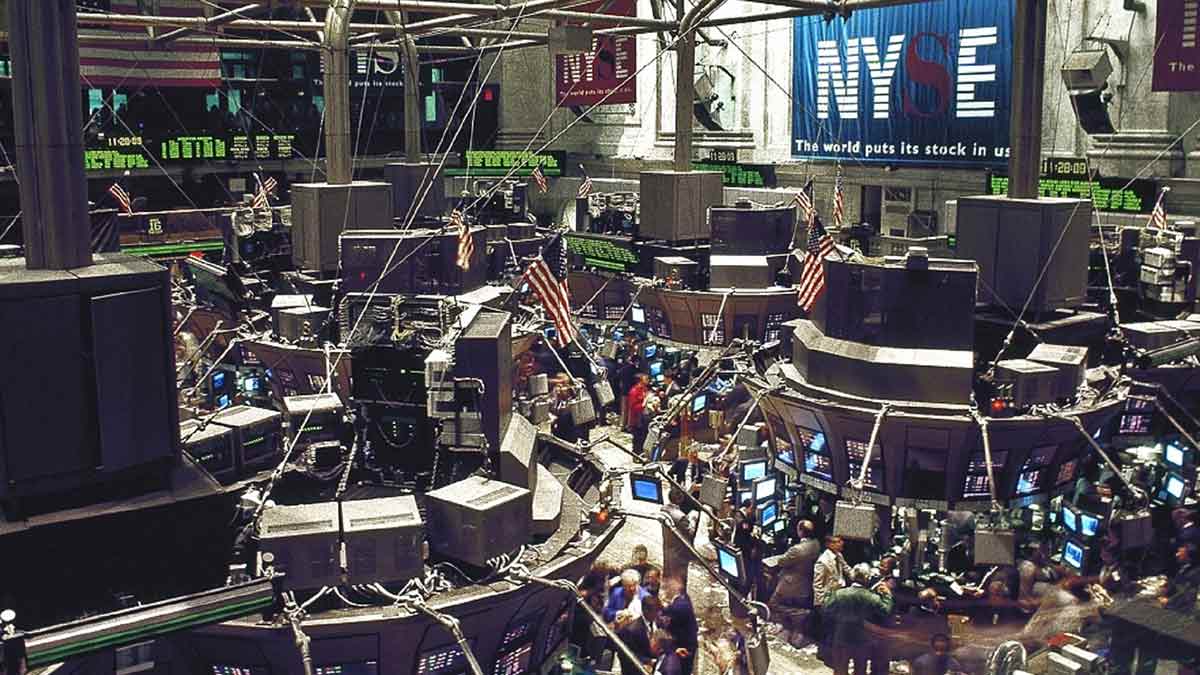What’s happening? How is it possible that the Nasdaq composite is hitting new highs, the Dow Jones Industrial Average is recording consecutive days of growth and the Standard & Poor’s 500 has moved from correction to positive territory when all we hear is talk of recession?1 These are the questions I’m getting from investors trying to make sense of what seems to be nonsensical.
Confusion about rising stock markets when unemployment levels high
That people are confused is understandable. The economy hasn’t yet returned to normal. In the months of March and April alone, Canada lost about 3 million jobs while the U.S. lost almost 40 million. But that was then and this is now. The job numbers for Canada and the U.S. for the month of May have just been released and the news is good, great even, considering we’re just now emerging from an economic shutdown prompted by a global pandemic. Canada added 290,000 jobs2 and the U.S. added 2.5 million3 to their economies—numbers economists did not see coming but stock markets did. And if there’s one thing you can count on, it’s that where financial markets go, the economy follows.
That’s because stock markets are leading indicators of future economic activity. The sharp stock market declines experienced during March (on March 23, 2020, the Dow Jones and the S&P 500 dropped almost 40% from the previous record high the month before) were in anticipation of slower activity, which came in the form of all those job losses in March and April. The stock market rally that started in early April and continues today was in anticipation of the economic data we’re seeing now. In other words, the latest labour reports confirm exactly what the markets predicted.
Market volatility – steep peaks and deep valleys
If you feel like you’ve been on a roller coaster climbing to steep peaks and then dropping into deep valleys, you have. This isn’t the first time and it won’t be the last. One message I continue to tell clients is that the markets and the economy are doing what they always do: they go up and grow and they go down and slow. Repeat. Recovery always follows market and economic downturns. According to market research provider Statista4, over the past several decades, recoveries have been happening quicker and quicker. After the Great Recession of 2007-2009, the S&P 500 gained back 68% in just one year.
Usually the market looks ahead six to 12 months. In March, the volatility was so extreme, the market was looking ahead just six to 12 weeks. The real turning point came when Canada and the U.S. announced massive stimulus packages to effectively backstop their economies. Those decisions helped speed up the recovery we’re experiencing now. Like most countries around the world, Canada and the U.S. are spending their way out of the pandemic and it’s working. The fact that so many scientists around the world are working on a vaccine is also bolstering confidence in the markets and the economy.
To keep that momentum going, governments can’t stop now. I think it’s important for Canada and the U.S. to encourage positivity and to continue to support businesses and provide more stimulus. This will help us move forward and keep the markets and the economy on an upward trajectory.
Call Me or Email Me
My approach to investing is straightforward. I study the markets, global economies and what’s happening within industries to be in a position to best help my clients find good quality investments that will help them meet their goals. I build custom portfolios for each client. I welcome you to call me at 416-332-3863 or email me at allan@allansmall.com.
References
-
-
- Nasdaq sets record high, S&P positive for 2020 as investors double down on recovery, Washington Post
- Labour Force Survey, May 2020, Statistics Canada
- America’s unemployment rate falls to 13.3% as economy posts surprise job gains, CNN
- How Fast Has the Economy Recovered After Past Recessions?, Statista
-

